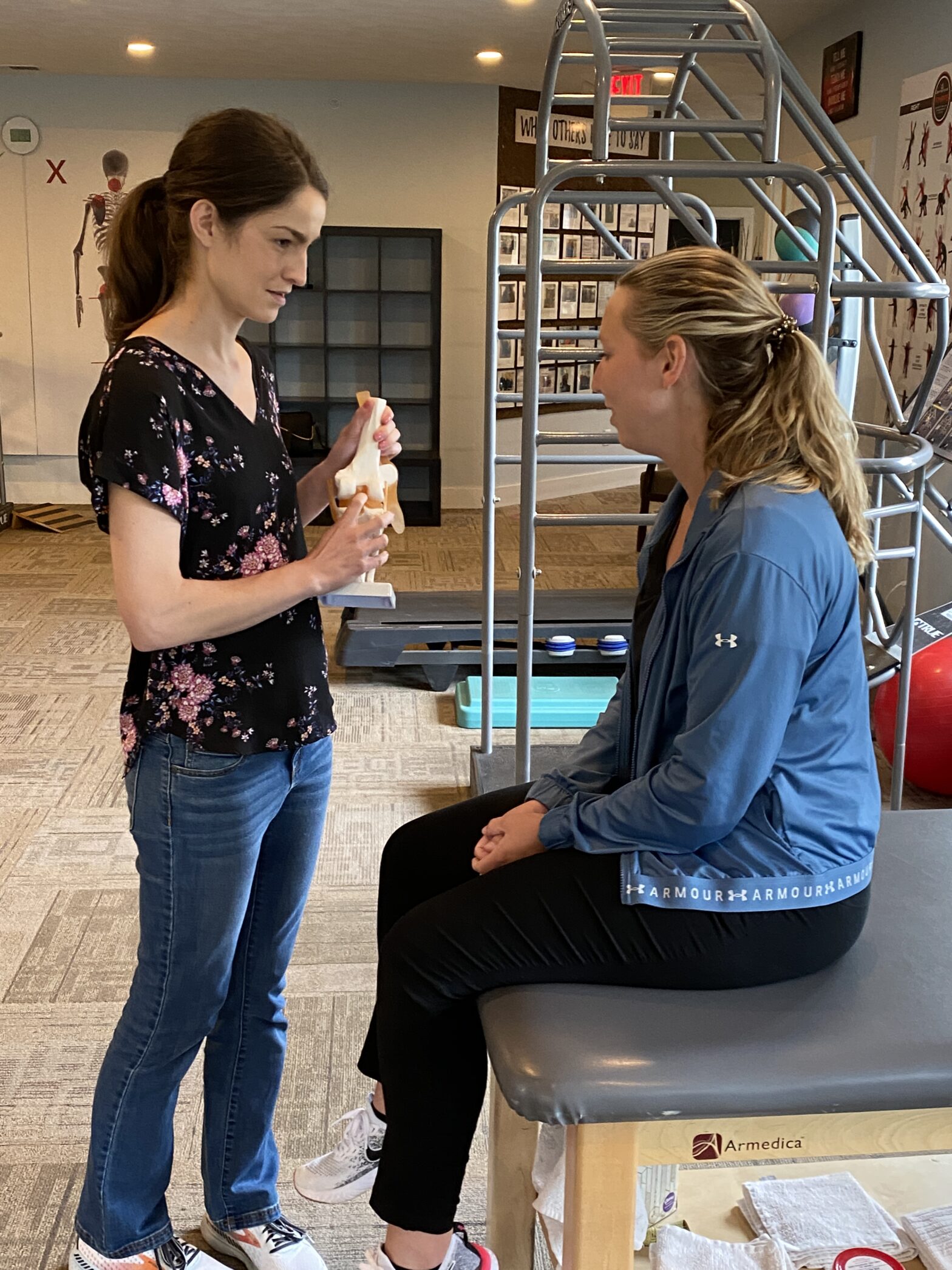September 5, 2023
The Shift to Value-Based Care in Physical Therapy Using Remote Therapeutic Monitoring
Introduction: The Shift to Value-Based Care in Physical Therapy
The healthcare landscape is evolving, and the shift to Value-Based Care in Physical Therapy is becoming increasingly important. Remote Therapeutic Monitoring (RTM) has emerged as a pivotal tool in this transition, offering a way to extend musculoskeletal (MSK) treatment beyond the clinic and into the patient’s daily life.
Understanding Remote Therapeutic Monitoring in the Context of Value-Based Care
Remote Therapeutic Monitoring (RTM) is a cornerstone in the shift to Value-Based Care in Physical Therapy. It involves the collection of non-physiological data through FDA-approved medical devices, offering a comprehensive view of patient condition and treatment progress.
How Remote Therapeutic Monitoring Differs from Remote Patient Monitoring
In the journey towards Value-Based Care in Physical Therapy, it’s essential to distinguish between Remote Patient Monitoring (RPM) and Remote Therapeutic Monitoring (RTM). While RPM focuses on physiological data, RTM zeroes in on non-physiological data related to therapeutic interventions.
CPT Codes and Billing: Navigating the Shift to Value-Based Care
Understanding the CPT codes for Remote Therapeutic Monitoring is crucial for compliance and revenue optimization, especially as clinics transition to Value-Based Care models.
Supervision Levels Required for Remote Therapeutic Monitoring
As part of the shift to Value-Based Care in Physical Therapy, it’s important to understand the supervision levels required for furnishing RTM services. Always consult your state’s practice act for specific guidelines.
Adoption Rates: The Shift to Value-Based Care in Physical Therapy Using RTM
RTM is gaining popularity quickly, especially among small to mid-sized practices. This trend is expected to continue as more therapists recognize the benefits of RTM in the shift to Value-Based Care in Physical Therapy.
Device Requirements for Implementing Remote Therapeutic Monitoring
As clinics transition to Value-Based Care models, understanding the device requirements for implementing Remote Therapeutic Monitoring is crucial.
Cost Implications of Remote Therapeutic Monitoring Devices
The cost of RTM devices varies by platform, but the potential revenue impact can be significant, making it a worthwhile investment in the shift to Value-Based Care in Physical Therapy.
Benefits of the Shift to Value-Based Care in Physical Therapy Using Remote Therapeutic Monitoring
Enhanced Patient Outcomes: RTM fosters greater patient engagement and adherence.
Data-Driven Decisions: RTM facilitates the collection of high-quality data.
Revenue Diversification: RTM offers an additional revenue stream.
Accessibility: RTM can reach patients in rural or underserved communities.
Practical Strategies for Implementing Remote Therapeutic Monitoring
From automating clinical pathways to optimizing scheduling, RTM offers practical solutions for clinics making the shift to Value-Based Care in Physical Therapy.
Patient Engagement in the Shift to Value-Based Care Using RTM
Getting patients to adopt RTM involves clear communication and education. This is especially important as clinics transition to Value-Based Care models in Physical Therapy.
MovementRX: Your Partner in the Shift to Value-Based Care Using Remote Therapeutic Monitoring
MovementRX offers a comprehensive RTM solution that aligns perfectly with the needs of modern rehab therapists making the shift to Value-Based Care in Physical Therapy.
